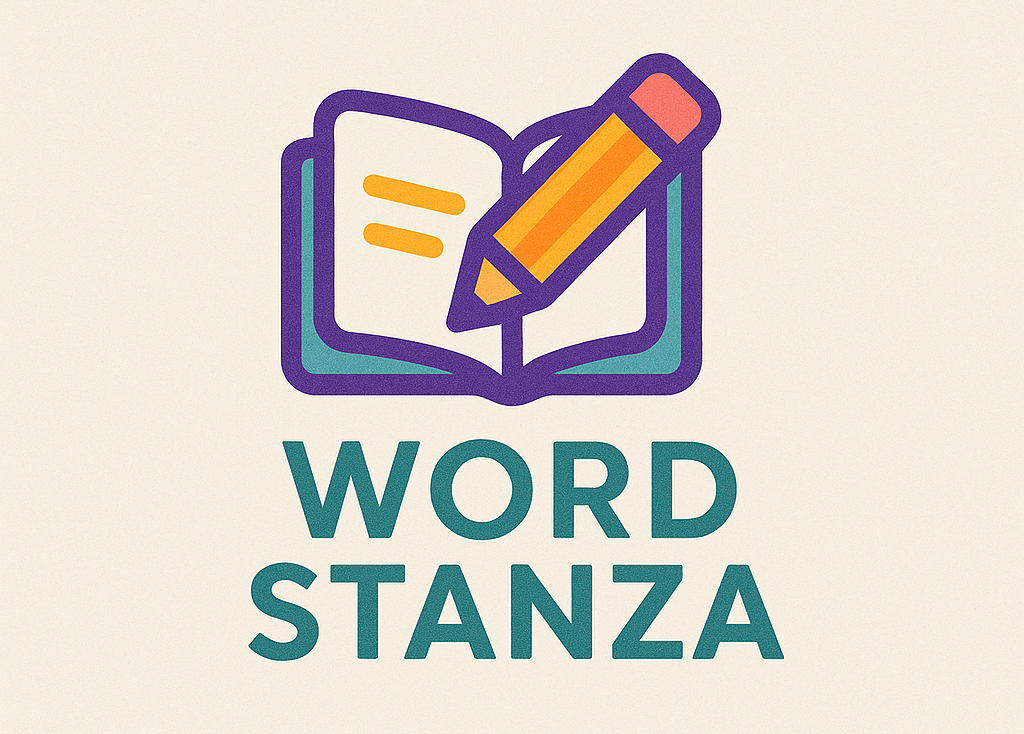The brain, which governs our thoughts, feelings, and behaviors, is a fascinating and complicated organ. A key component of learning and cognitive growth is its capacity to learn and adjust to new information. Our brains are continuously processing new information, forming associations, and storing memories, whether we are aware of it or not.
Cognitive development and learning are interconnected processes that span our entire lives, from birth until death. While learning encompasses the development of new knowledge, abilities, attitudes, and values, cognitive development describes the enhancement of our cognitive functions, including perception, attention, memory, reasoning, and problem-solving.
This article will examine several important revelations about how our brains learn, what affects cognitive development, and how teachers can improve the learning experience for students of all ages.
The concept of neuroplasticity, which describes the brain’s capacity to alter and adapt in response to novel experiences, is one of the most essential ideas in cognitive development and learning. This indicates that our brains are not static but rather adaptable and able to create new neural connections during our lives.
Research indicates that reinforcing and developing the brain’s neural connections requires practice and repeated exposure. This is why repetition and practice are such essential elements of learning, whether it’s memorizing multiplication tables or mastering a musical instrument.
The role of emotions is another crucial element that affects learning and cognitive growth. Research has demonstrated that emotions can profoundly affect memory, attention, and motivation, all of which are crucial for learning. Students’ ability to learn and retain information can be hindered when they experience anxiety, stress, or overwhelm. Conversely, positive feelings like curiosity, engagement, and enthusiasm can foster cognitive development and improve the learning process.
Along with emotions, social interactions and environmental circumstances are also essential to learning and cognitive development. Supportive and stimulating learning environments, like those that encourage exploration, experimentation, and cooperation, have been proven by research to greatly improve cognitive growth and foster successful learning outcomes. On the other hand, settings that are chaotic, disorganized, or lacking in stimulation can hinder learning and cognitive development.
Lastly, metacognition is another crucial component of learning and cognitive development. Metacognition is the capacity to evaluate and control one’s own thought processes. Students with a well-developed sense of metacognition are more capable of assessing and supervising their own learning, establishing objectives, and modifying their techniques as necessary.
Cognitive development and learning are intricate, multifaceted processes shaped by numerous elements, such as emotions, social interactions, environmental conditions, metacognition, and neuroplasticity. By recognizing these components and integrating them into their instructional methods, teachers may enhance the learning experience for students of all ages. The information on cognitive development and learning can help you comprehend how your brain functions and how to optimize your potential for growth and development, regardless of whether you are a student, teacher, or lifelong learner.




